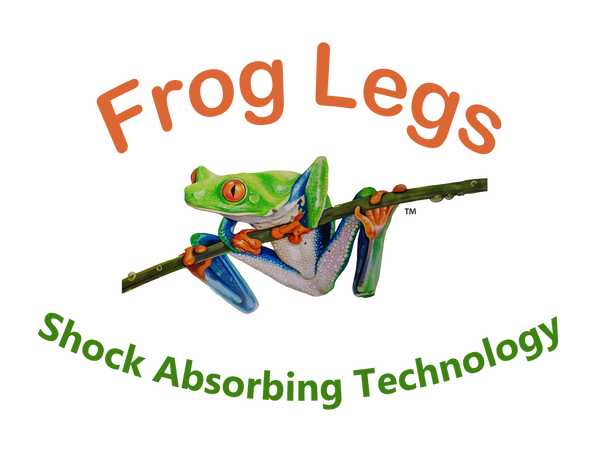FAQ
Share
TECH SUPPORT
Basic info:
Any numbered stem, ie( 37,25,35,45)etc has the bearings mounted to the chair (caster barrel)
Any lettered stem, ie ( KR XF ZR Z2) etc has the bearings in the fork of the wheelchair.
IM=1/2” no stem MT=12mm no stem
With any Uni-Tines all above and below applies. Except there is no Pivot Pin.
Flutter/Speed Wobble/Won’t Turn
Speed wobble – also known as Flutter - is caused by conflicting forces the wheel experiences as it rolls. Horizontal torque related to rotational inertia wants to pull the wheels inward toward one another. The frictional forces coming from the contact of the wheel with the surface pull against that attempting to realign the wheel. This creates a type of resonant frequency that causes the wheel to oscillate at the caster stem axis. It is important to understand the all caster forks will experience Flutter under certain conditions. It could be triggered by an impact with a bump, an uneven surface where one wheel will lose contact with the ground briefly, and even just a shift in the rider’s weight in the chair.
The elastomer in the Frog Legs fork actually absorb bumps and vibration that may trigger flutter. The suspension aspects of our fork also help keep both front wheels in constant contact with the ground on uneven surfaces. It is not accurate to think that a Frog Legs fork will experience flutter more than a standard rigid fork. The most common advice that we give to customers to prevent flutter is:
1) Make sure the caster fork bearings are perpendicular to the ground, for example bent frame or bent stem
2) Make sure there is tension on the caster fork bearings in order to dampen any initial oscillations should they be triggered. We accomplish this by having the customer tighten the nut/bolt at the top of the caster housing. They should screw the stem nut down until you can flip the caster around quickly and it stops after about 1 to 1.5 full revolutions. If it is tighter than that it can make pivoting the wheel difficult. If the tension seems appropriate, make sure these bearings are not worn out. It should be noted here that ideally the customer would use a waterproof bearing that has friction in the seals.
3) Make sure that balanced, high quality wheels are used so as to not create a pseudo vibration that might match the resonant frequency of a fork.
Wheel/Caster Issues
99.9% of all issues with the wheels are bearing related.
- Remove the wheel and clean out the spacers, axles and bearings
- Install axle back into wheel and fork and tighten.
If there is still an issue, replace the bearings (608RS) 8mm inside diameter 3/5”. Sometimes our wheels may not fit to a manufacturers fork/axle. Usually the axle is too big for our bearings. This means they need an R6 wheel which has a bigger diameter axle 3/8”
Quickie Chairs Issues:
- One fork is tilted back a bit- on these chairs, above where the fork meets the frame of the chair there are 2 camber adjustment washers that have grooves/teeth that allow them to adjust the camber (angle). If someone installs our forks they normally don’t put these washers back together correctly. What needs done is, have them take one fork apart and adjust the camber until the fork is straight up and down. Then they have to match the other fork to the one they just fixed.
- This also applies for flutter/wobble. If they don’t have the washers set correctly it can cause flutter or make the chair hard to turn. We can try and explain this to them or refer them to Quickie’s website for a better description and proper installation.
Other issues:
Floating: when one fork is touching the ground and the other is not. The frames of the chairs will bend/flex which causes this issue. All that needs done is send out some extra stem bolt washers (part number 101-60z) to lower the fork not touching the ground (not the nylon ones). This also applies for Quickie chairs. They need an extra washer or two between the fork and the grooved washers.
Stem bolts don’t fit: our stem bolts fit standard caster barrel housing bearings. Some cases the bearings are a different size and won’t allow our stem bolt to fit. If this happens, get a photo of the bearing inside the housing. Other issues with stem bolts are: it sticks out of the housing. Means it’s too long and we need to send out a shorter one. Measure amount protruding and the length of the stem bolt and do the math. Or wrong stem bolt, usually ZR and Z2.
Too much vibrations: polymer bushings is old and worn out or bad. Send new ones out.
Wheels don’t fit: usually the person has a narrow fork and needs a narrower wheel.
These are all basic issues. If a bearing, axle/pivot pin, screw or whatever needs replaced, I always advise to replace the same parts on the other fork as well for longevity.
